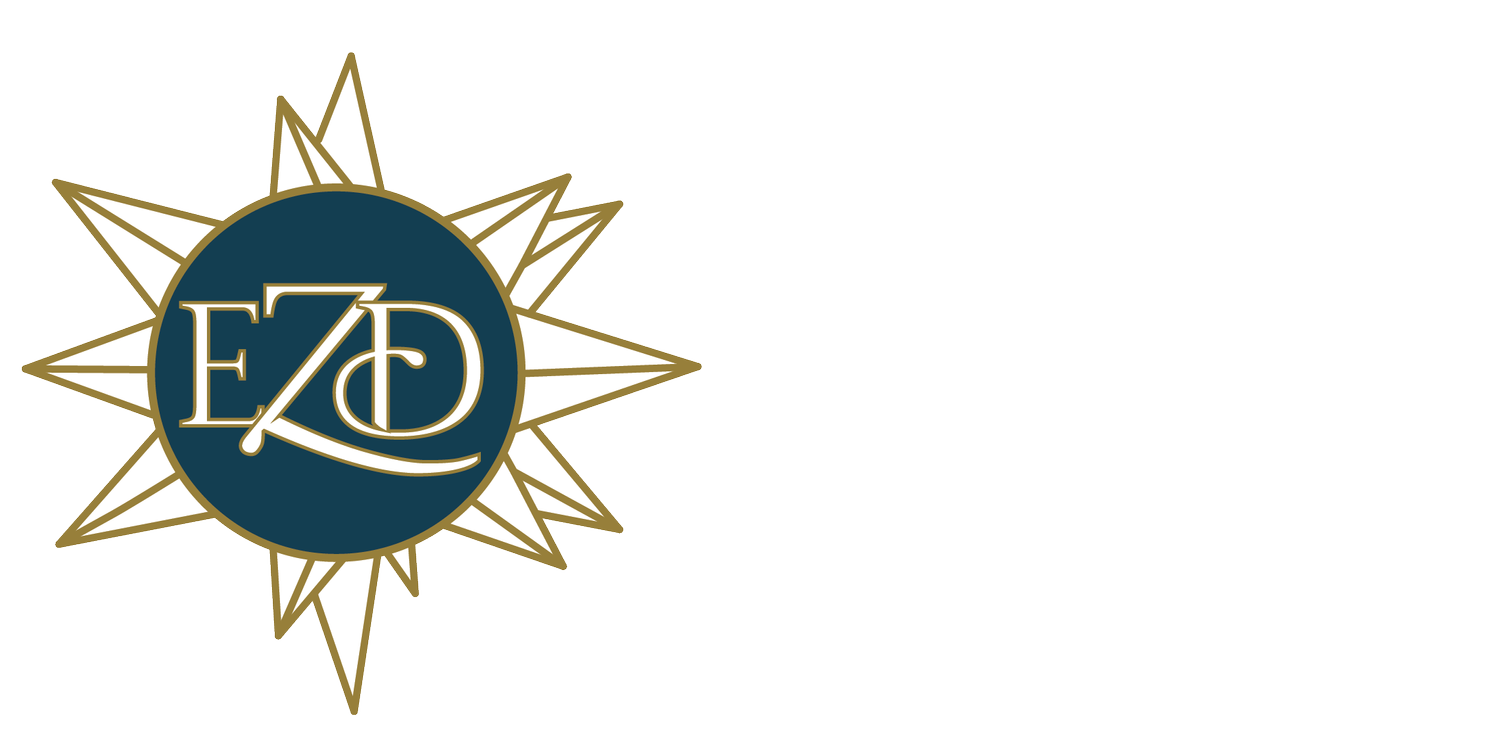Review: George Dickel No. 12 Whisky
Bottle purchased by EZdrinking.
Owned by Diageo, George Dickel Superior No. 12 Tennessee Sour Mash Whiskey is distilled and aged at the George Dickel Distillery in Tullahoma, Tennessee and bottled at 45% ABV.
Price: $19-$25
A German born immigrant, George Dickel settled in Nashville and started a company to wholesale and distribute whiskey. In 1888, George A. Dickel and Company became the sole distributor for Cascade Whisky made outside Tullahoma, Tennessee, which was marketed as being "Mellow as Moonlight." But, in 1910, Tennessee enacted statewide prohibition of the manufacturing and sale of alcohol so Victor Emmanuel Shwab, the then owner of the Geo A. Dickel & Co. moved production of Cascade Whisky to the Stitzel Distillery in Louisville until Kentucky enacted prohibition in 1917.
After the repeal of national prohibition, Shwab sold the Cascade Whisky brand to the Schenley Distilling Company who made a version of the whiskey for over a decade marketed as Geo. A. Dickel's Cascade Kentucky Straight Bourbon Whisky. Looking to compete with Jack Daniel's, Schenley built the Cascade Hollow distillery about a mile from the original distillery site. Whiskey production at Cascade Hollow began on July 4, 1959, and George Dickel Tennessee Whisky was first bottled in 1964. Through a series of mergers and acquisitions Diageo became the owner of the Cascade Hollow Distillery and the George Dickel brand in 1997.
A quick side note about spelling. Current marketing from Diageo claims that George Dickel spelled his whisky without an 'e' to relate it to the superior tasting whisky coming out of Scotland. There is no solid historical evidence to support this claim. What is historically verifiable is that both spellings of whiskey and whisky were used completely interchangeably throughout the 19th century and it wasn't until the 1960s that the US began to prefer the spelling with an e and associate the spelling without and e with Scotch. For more information see my series Whiskey vs. Whisky.
George Dickel Tennessee Whiskies have a mash bill of 84% corn, 8% rye, and 8% malted barley. This high corn mash bill gives the whiskeys a naturally sweeter flavor profile. Dickel is distilled on a 42 inch column still and according to Camper English the whiskey comes out around 135 proof. The new make whiskey is cooled to 40 degrees Fahrenheit and then added to vats of sugar maple charcoal which sits for about a week before being drained and barreled. Mellowing Tennessee whiskey with sugar maple charcoal before it enters a barrel is know as the "Lincoln County Process" and is believed to filter out harsh impurities. In May 13, 2013, Tennessee enacted a law that mandated the Lincoln County process be used for all spirits labeled as Tennessee Whiskey except Prichard Distillery which received an exemption.
After being filtered through sugar maple, the unaged whiskey is proofed down to 57.5 and put into new American oak barrel with a #4 char. George Dickle No. 12 does not have an age statement of the bottle which tells us that the whiskey in the bottle is at least 4 years old. However, a couple of interviews with former master distillers for George Dickle place the aged of the barrels pulled for No. 12 at 6-12 years old.
Lastly, George Dickel No. 12 Tennessee Whisky was one of six whiskeys I included in a blind tasting of whiskeys less than $20. In this very unscientific tasting with a small group of my friends, Dickel came in right in the middle and ranked 4th.
Tasting Notes
Nose: The whiskey has a muted nose with light notes of apple cider juice and just a touch of alcohol.
Palate: This light bodied whiskey is sweet on the palate with a little bit of oak and a hit of fruitiness.
Finish: The finish is short and has notes of apple and oak and then it's done.
Conclusion: George Dickel No.12 is a simple and easy to drink whiskey. While it does not have a ton of character compared to Kentucky bourbons, this is meant to be a different animal. Dickel No. 12 works neet, on the rocks, in your favorite tall drink or even a Manhattan. For the price I think Dickel No. 12 is a nice whiskey though not my first choice.
